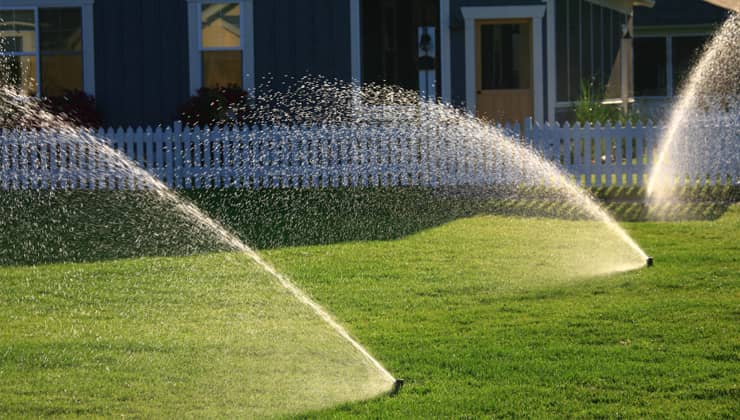The frequency of watering grass in North Carolina, as in any other location, depends on various factors such as the grass type, soil conditions, weather, and the season. Here are some general guidelines, but keep in mind that local conditions may vary, and it’s essential to observe your lawn for signs of stress and adjust accordingly:
- Grass Type: Different types of grass have different water requirements. Common grass types in North Carolina include warm-season varieties like Bermuda grass, Zoysia grass, and Centipede grass. Each has its own water needs.
- Soil Type: Soil composition affects water retention. Sandy soils drain quickly and may need more frequent watering, while clayey soils retain water for a more extended period.
- Weather Conditions: Pay attention to local weather patterns. During hot and dry periods, you may need to water more frequently. Conversely, during cooler or rainy periods, you may need to water less.
- Establishment Period: Newly seeded or sodded lawns require more frequent watering to establish strong root systems. Once established, the watering frequency can be reduced.
- Morning Watering: It’s generally recommended to water early in the morning to minimize evaporation and allow the grass to dry before evening, reducing the risk of diseases.
Here’s a general watering guideline for established warm-season grasses in North Carolina:
- Spring and Fall: Water once or twice a week if there is no rainfall. Provide about 1 to 1.5 inches of water per week.
- Summer: Water more frequently during hot and dry periods. This may mean watering two to three times a week, providing around 1.5 to 2 inches of water per week.
Always adjust these recommendations based on specific conditions. You can use a rain gauge or a simple container (like a tuna can) placed on your lawn to measure the amount of water your irrigation system delivers over a given time. This helps you ensure you are providing an adequate amount without overwatering.
Remember that these are general guidelines, and it’s crucial to monitor your lawn’s condition. If the grass starts to show signs of stress, such as wilting or a bluish-gray tint, it’s time to water. If you’re unsure, you can consult with local gardening or landscaping experts for advice tailored to your specific location and conditions.

